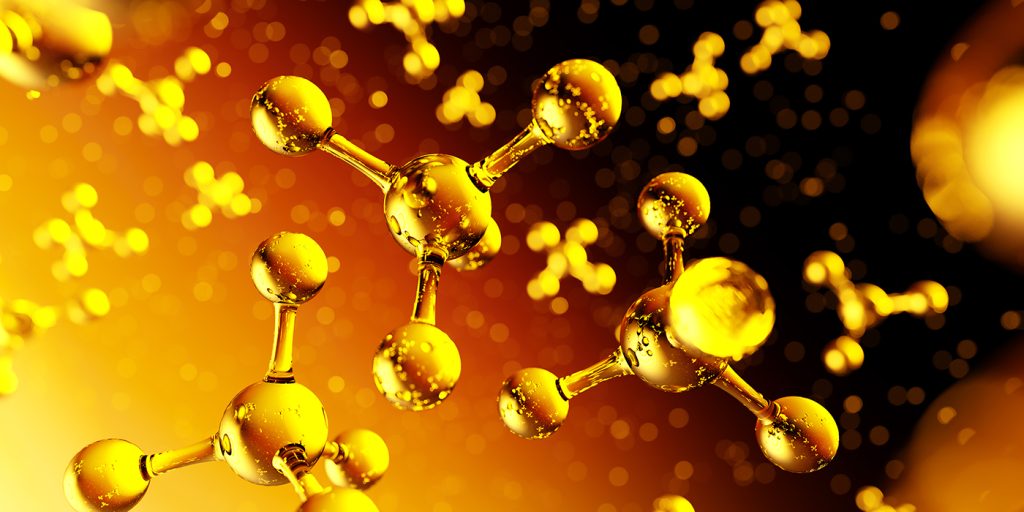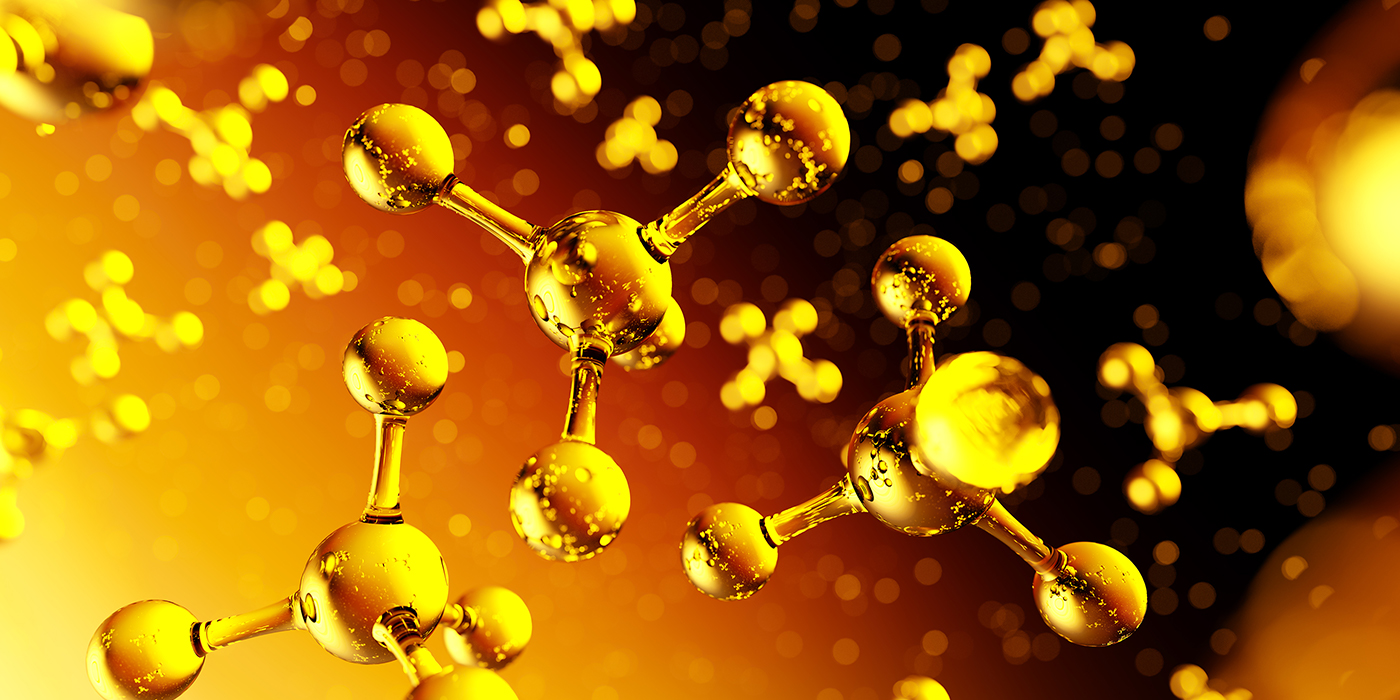
The process of annealing glass relieves internal stresses, which could otherwise leave it susceptible to cracking or shattering in response to minor mechanical or thermal shock. This makes annealing a vital step in the production of strong, stable, and heat-resistant glass.
Why Anneal?
From a physical perspective, glass is a highly unusual material. Most solid materials are highly ‘ordered’ with their constituent molecules or atoms arranged in regular, repeating patterns called crystal lattices. But the molecules in glass obey a different set of rules: they are, by definition, disordered. In fact, the arrangement of molecules inside solid glass resembles that of a liquid, except that they are fixed in place and don’t move around. We say that glass is an amorphous solid.
Crystalline solids and amorphous solids (i.e., glasses) respond to heat in very different ways. When crystalline solids are heated, they undergo a spontaneous phase transition at their melting temperature. Take water, for example: at -1 °C it’s an ordered, crystalline solid (ice), at 1 °C it’s a completely disordered liquid. But when glass is heated, it doesn’t undergo a phase transition per se. Instead, it very gradually tends toward a more liquid state. This smooth decrease in viscosity as temperature increases is due to the glass transition (transformation), and it’s one of the defining features of glasses.2 The glass transition temperature can be practically considered as the temperature where the liquid converts to a solid on cooling or conversely of which the solid begins to behave as a viscoelastic solid on heating.
Glass is worked and formed at very high temperatures, where its viscosity is low. When it is allowed to cool rapidly (supercool), the glass becomes stiffer and stiffer as the disordered molecules simply become more fixed in their positions. As this happens, internal stresses can become trapped in the solidifying glass. The result is extremely brittle glass that can shatter easily.
The process of annealing enables the elimination of internal stresses, producing strong and durable glass suitable for widespread application.
What is Annealing?
Essentially, annealing is the process of cooling glass in a controlled manner to reduce internal stresses in the finished glass.1 Annealing commonly occurs at one of two points in the glass production process:
- In many manufacturing processes (such as the float glass process), high-temperature glass is cooled gradually after it reaches its glass transition temperature. This is known as straight annealing.
- In some glass forming processes, for example, glass blowing, glass cools spontaneously after forming. In these cases, annealing is performed by reheating the glass to its glass transition temperature and then allowing it to cool in a controlled, gradual way. This process is sometimes called reannealing to distinguish it from straight annealing.
Whether a glass is straight annealed or reannealed, the fundamentals remain the same: within a certain temperature range known as the annealing temperature (close to the glass transition temperature), glass is soft enough that internal stresses can relax through microscopic molecular shifts, but stiff enough that it doesn’t deform under gravity.
Lowering the temperature of glass from its annealing temperature very slowly means that there is sufficient time for heat to distribute itself evenly, and molecules have sufficient time to find their most stable positions within the cooling glass.3 Once the glass passes the so-called strain point, at which point microscopic flow effectively stops and molecules are fixed in place, the glass can be cooled more rapidly to room temperature. Gradually cooling the glass in this manner prevents the formation of stresses and ensures there are no “weak points” in the finished glass.
Properties of Annealed Glass
Residual stresses in un-annealed glass mean that it can generally be expected to crack or shatter during handling (or even spontaneously). Annealed glass is much stronger and more durable than un-annealed glass, rendering it suitable for cutting and drilling processes; and subsequent use in standard applications such as windows and structural elements.
Achieving a uniform stress distribution within the glass also renders it capable of resisting thermal shock. This means that annealing plays an important role in the production of labware and bottles used in food processing, for example.
Annealing plays a special role in optical glasses. Optical applications require especially low spatial variations in refractive index, which can only be achieved by a highly uniform structural state.
The residual stresses that can be tolerated in optical glass are many orders of magnitude lower than that of ordinary glassware, so optical glass must be “fine-annealed” over much longer time periods. For example, ordinary glassware can generally be annealed in hours; but optical annealing may last for weeks or even months to allow a much greater minimization of stresses. Fine-annealed glasses exhibit consistent and well-characterized refractive indices and can be ground and polished without introducing undesirable birefringence in the glass.
Custom Glass Solutions
At Mo-Sci, we are experts in all stages of glass production, from forming and annealing right through to milling, surface treatments, and glass analysis. We produce highly specialized custom glasses for unique applications in healthcare and industry. Get in touch with us to find out more about our custom glass development services or to request a quote.
References and Further Reading
- Narayanaswamy, O. S. Annealing of Glass. in Glass Science and Technology vol. 3 275–318 (Elsevier, 1986).
- Dyre, J. C. Colloquium : The glass transition and elastic models of glass-forming liquids. Rev. Mod. Phys. 78, 953–972 (2006).
- Vogel, W. Glass Chemistry. (Springer Science & Business Media, 2012).

